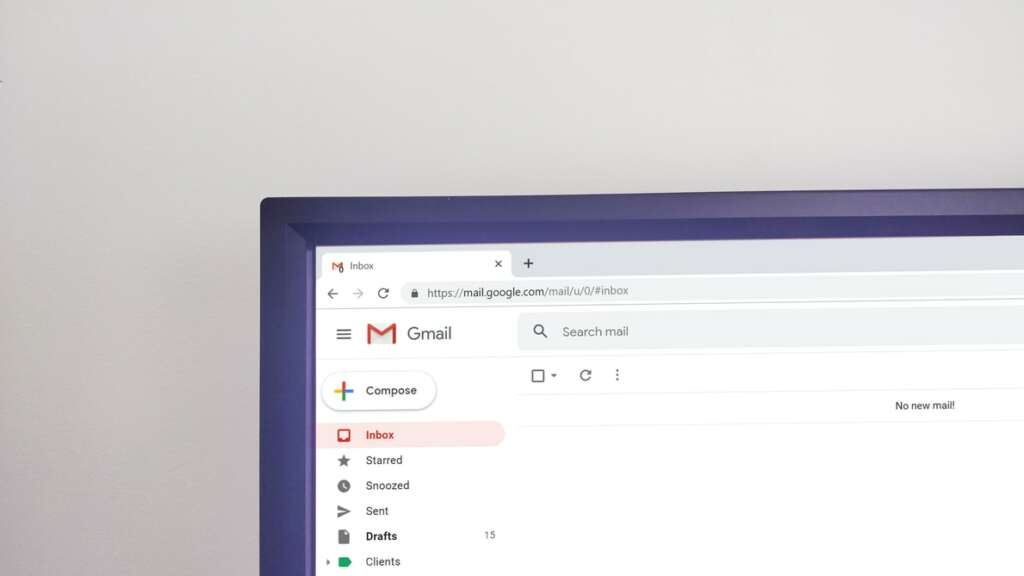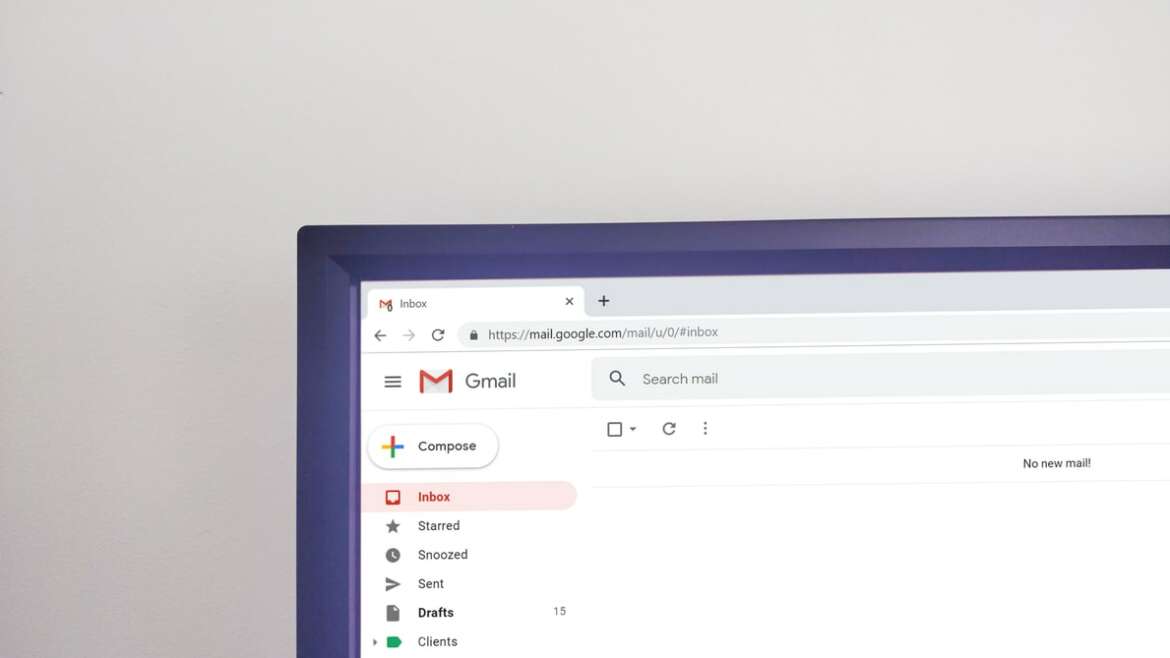
When you receive an email, and it seems suspicious, take the time to look into its different elements.
You check your inbox and find a seemingly important email asking you to reply, click the link, or download an attachment ASAP. Do you click it?
If your intuition is to open and respond to the call-to-action, then you’re putting yourself at risk of becoming a victim of scam emails. Scam emails are emails designed to trick and take advantage of unsuspecting individuals. Sure, most of these messages are unsolicited. However, unlike email advertisements, you often receive in your inbox. This type of messages is meant to deceive you. Worse, many are intended to get your personal information for fraudulent purposes.
How do you spot a scam email? Here are three things to look for.
Misspelled Domain
Scam emails would often have return email addresses that are closely similar to popular domain names. For instance, an email trying to pretend to be from PayPal and asking you to update your password may have a domain name that’s spelled as paypaI.com. Note that “I” isn’t actually an “L” but a capital “i.” If you’re not careful, that misspelling is quite easy to miss.
Sense of Urgency
Many scam emails would give you a deadline to reply or click their link. Otherwise, you’d lose their offer or miss the chance to update your account. The reason behind this is that they want you to act immediately without verifying whether or not the email is legitimate.
The more time it takes you to reply to their email, the higher the chance that you’d eventually realize the email is a scam.

